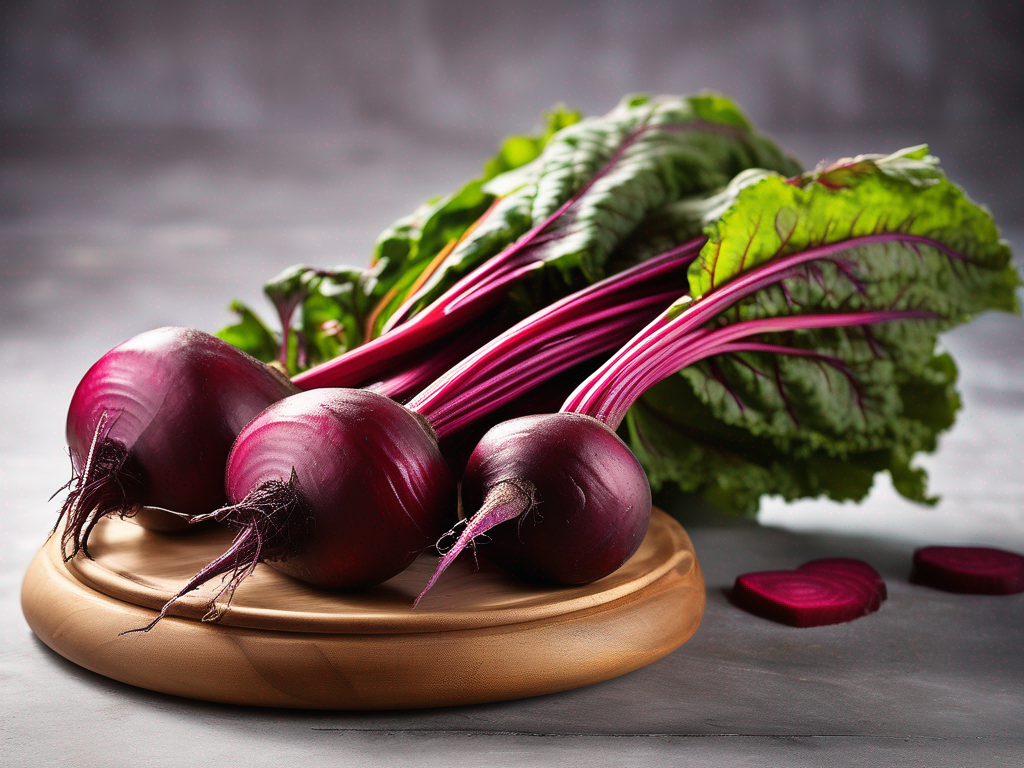
When to Toss Out Common Beets to Avoid Food Poisoning
Get Your Free Food Safety Cheat Sheet
30 most common foods with instant answers. Print it and stick it on your fridge—completely free!
When to Toss Out Common Beets to Avoid Food Poisoning
Common beets are a versatile and nutritious root vegetable that can be used in a variety of dishes, from salads to soups to side dishes. However, like all perishable foods, beets can spoil if not stored properly. In this blog post, we will discuss when to toss out common beets to avoid food poisoning. We will provide practical tips and safety information to help you enjoy this delicious vegetable safely. (Common beet)
Understanding the Shelf Life of Common Beets
Common beets, also known as red beets, have a relatively long shelf life compared to other vegetables. When stored properly, fresh beets can last for several weeks in the refrigerator. However, it is essential to pay attention to signs of spoilage to prevent foodborne illness. Here are some key points to keep in mind:
Signs of Freshness in Common Beets
- Firm texture
- Vibrant color
- Earthy aroma
Signs of Spoilage in Common Beets
- Mold: If you notice mold growth on the surface of the beet, it is a clear sign that it has spoiled.
- Wrinkled Skin: Beets with wrinkled or shriveled skin are past their prime and should be discarded.
- Slimy Texture: A slimy or mushy texture indicates that the beet has begun to rot.
- Foul Smell: If the beet emits a foul or off-putting odor, it is no longer safe to consume.
Proper Storage Practices for Common Beets
To extend the shelf life of common beets and prevent food poisoning, it is crucial to store them correctly. Follow these tips to keep your beets fresh and safe to eat:
Refrigeration
- Store uncut beets in the crisper drawer of the refrigerator.
- Place beets in a perforated plastic bag to maintain humidity levels.
- Keep beets away from ethylene-producing fruits like apples and bananas to prevent premature spoilage.
Freezing
- To freeze beets, peel and cut them into cubes or slices.
- Blanch the beets in boiling water for a few minutes, then plunge them into ice water to stop the cooking process.
- Pack the blanched beets in airtight containers or freezer bags and label them with the date.
Pickling
- Pickling is a great way to preserve beets and enhance their flavor.
- Make a brine using vinegar, water, sugar, and spices, and pour it over sliced beets in sterilized jars.
- Store the pickled beets in the refrigerator for up to a few months.
Safe Handling Practices for Common Beets
Proper handling of common beets is essential to reduce the risk of foodborne illness. Follow these guidelines to ensure the safety of your beet dishes:
Washing
- Thoroughly wash beets under running water before cooking or consuming.
- Use a vegetable brush to scrub off any dirt or debris on the skin.
- Trim off the tops and roots before cooking to minimize contamination.
Cross-Contamination
- Keep raw beets separate from ready-to-eat foods to prevent cross-contamination.
- Use separate cutting boards and utensils for beets and other ingredients.
- Wash your hands thoroughly after handling raw beets to avoid transferring bacteria.
Cooking
- Cooking beets thoroughly can help kill harmful bacteria and parasites.
- Boil, roast, or steam beets until they are tender but not mushy.
- Avoid eating raw or undercooked beets, especially if you are pregnant or have a weakened immune system.
Conclusion
Knowing when to toss out common beets is essential for maintaining food safety and preventing foodborne illness. By understanding the signs of freshness and spoilage, following proper storage practices, and implementing safe handling techniques, you can enjoy this nutritious vegetable without any health risks. Remember to always err on the side of caution and discard any beets that show signs of spoilage to protect yourself and your loved ones. [Common beet](/food/common beet) (Common beet)
Related Posts
Here are some other articles you might find helpful:
Authoritative Food Safety References
These agencies and university labs inform every tip and health precaution we publish.
USDA FoodKeeper – Cold Storage Guidelines
Official refrigerator, freezer, and pantry timelines maintained by the U.S. Department of Agriculture.
Visit USDA FoodKeeperFDA Produce Safety Rule & Grower Guidance
Field-to-fridge handling practices that prevent contamination of fruits, vegetables, and leafy greens.
Visit FDA Produce SafetyCDC Foodborne Illness Prevention Hub
Surveillance-backed guidance on pathogens, symptoms, and steps to reduce foodborne illness risk.
Visit CDC Food SafetyUC Davis Postharvest Technology Center
University research detailing optimal storage atmospheres for produce after harvest.
Visit UC Davis PostharvestPenn State Extension – Home Food Preservation & Safety
Peer-reviewed extension bulletins on safe canning, chilling, and reheating practices.
Visit Penn State ExtensionGet Your Free Food Safety Cheat Sheet
30 most common foods with instant answers. Print it and stick it on your fridge—completely free! Want more? Upgrade to the complete guide with 70+ foods.
Scan your food directly and get instant safety info using our AI-powered camera feature.